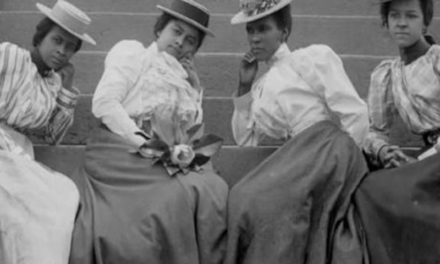
No climate is perfect to grow everything. When Mother Nature was young, she allowed those organisms to live which could survive the climate into which they were born. Over eons, both the climate and these organisms continued to change and we have the living earth we inhabit today.
Once we humans evolved from hunter/gatherers and became agrarians, we had a reliable food source. Populations increased and communities stabilized. Ever since then, the small percentage of the population that became farmers and gardeners has been trying to “fool Mother Nature” into allowing us to grow plants that are not native to our own areas.
With a little planning, most hardy annuals can be grown almost anywhere except near the North and South Poles. Even places like Alaska and Siberia grow grains and cold season crops like cabbage, beets, etc. On the other hand, the perennials, trees and shrubs that are not food crops have to survive from year to year. Some do this by going dormant during winter, or allowing their top growth to die down while preserving the roots. Some stop flowering and go into semi-dormancy or lose all of their top growth during the hottest months of summer. No garden plant will successfully grow in every zone.
But what do we do for those that wouldn’t survive without our help? I can hardly think of a gardener who doesn’t have a plant or two that isn’t totally compatible with our climate. There are several ways we can help our tender exotics. Here are some.
For herbaceous perennials, (those whose top growth dies in adverse hot or cold weather) we can moderate the soil temperature to save the root systems. When these plants become dormant, add several inches more of mulch out to the width of the plant. You might want to mark its location to avoid digging into it.
For any vulnerable small plant or shrub that occasionally suffers from extreme heat or our relentless Lowcountry sun, a beach umbrella is easy to plunge into the soil and it will protect the plant from sun scald until the overhead sun becomes less intense and lower on the horizon. I keep one around to protect fledgling plants, too. Your visitors might raise eyebrows at your attempt to grow umbrellas, but they’re colorful and color is almost always welcome.
A trick I learned from watching the movie “Greenfingers” is to add some chips of
Gypsum, granite, soapstone or marble to the backfill soil of plants that are cold sensitive (and it helps drainage in low areas). These dense stones absorb heat during the day and release it slowly during cold nights to help the plants and roots resist the cold. I’m not sure this really works, but it sounds plausible. Gravel mulch under plants should perform the same service. Old-fashioned Christmas lights, which give off a little heat, look great twining through shrubs and trees, and are a tried and true cold fighting favorite.
For container plants, of course, there are greenhouses. The permanent structures with foundations can be quite attractive. There are smaller ones that can be temporary structures during cold weather. Cost precludes me from having a permanent one, and following the assembly and disassembly instructions of the smaller ones is beyond my non-structural mind and anyway, exceeds my available storage space.
I resort to ladders and broomsticks, which I put next to the house to make supports for the lightweight tarps I tent over them. This makes a cozy den for the containers gathered under them. The tarps are easy to remove to allow sunlight when the temperature permits and the upright supports keep them from touching or weighing down the plants. If the weather gets really snarky – into the 20’s – I add a corded light bulb. In confined spaces, you’d be surprised how much heat a small bulb can create. Not pretty, I admit, but it’s hidden from everyone’s view but mine and I have no issues with storage and disassembly.
In future years, we may not have to worry about winter cold if the polar ice cap keeps melting and the ozone layer diminishes further. However, I remember a winter when I had frozen orange juice . . . on the tree!
A lot of cars lose their winter garage privileges to their owner’s big containers. A sturdy wheeled dolly makes it easy to move them in and out of the garage during warm days. Most driveway materials are good retainers of heat so the garage time is limited to freezing days and nights.
Many plants in my yard are “snowbirds” – you know, like those lucky people from the north who have winter homes in the south. Smaller container plants can spend winters indoors in front of sunny windows. This is good for the plants and good for you, too. Indoor plants help create a healthy atmosphere. Some may go semi-dormant, lose most of their foliage and look pretty ratty by winter’s end, but they havesurvived and will be reinvigorated as soon as the weather warms up and they can go outside again. Just like you and me
Tending to these plants during the bleak months helps stave off winter blues and blahs and a few may surprise you with a bloom now and then. I think about that when I’m huffing and puffing to bring the plants inside at the onset of cold weather. The only way to be assured of a handyman around to do the heavy lifting is to marry one or be one. The former is too great a sacrifice for me and my body and strength preclude the other. Know where I can find a toy boy?







